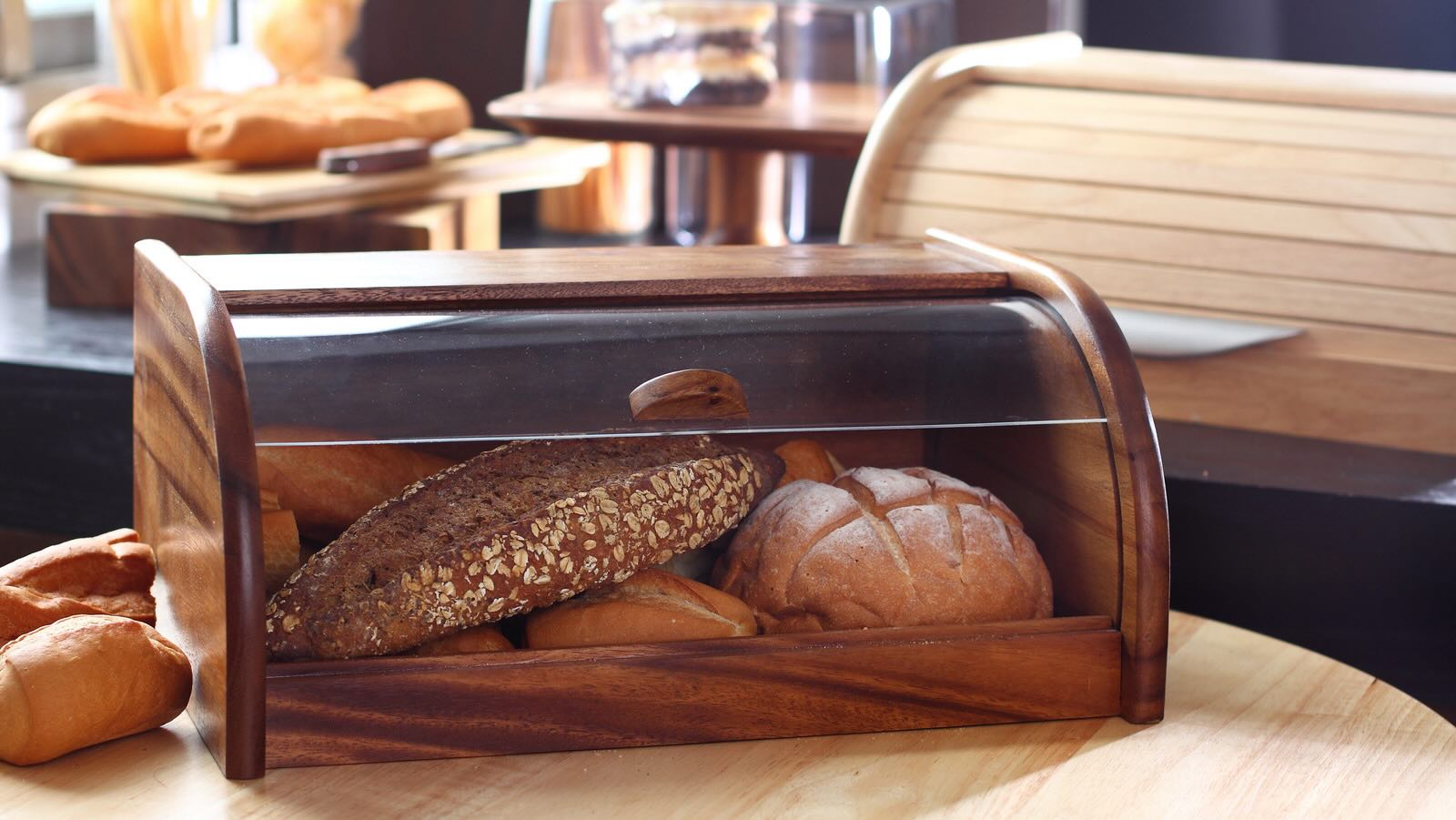

Articles
How To Store Sliced Bread In A Bread Box
Modified: January 5, 2024
Learn the proper way to store sliced bread in a bread box with this informative article. Keep your bread fresh and delicious for longer!
(Many of the links in this article redirect to a specific reviewed product. Your purchase of these products through affiliate links helps to generate commission for Storables.com, at no extra cost. Learn more)
Introduction
When it comes to storing sliced bread, ensuring its freshness and maintaining its quality can be a challenge. As bread is a staple in many households, proper storage is crucial to prevent it from becoming stale or moldy. A bread box is a useful tool that can help you store sliced bread and extend its shelf life.
In this article, we will explore the benefits of using a bread box for storing sliced bread and provide you with valuable tips on how to choose the right bread box, prepare the bread for storage, arrange the sliced bread in the bread box, and maintain its freshness and quality. We will also discuss the importance of cleaning and maintaining the bread box to ensure its effectiveness in preserving your bread.
By following these guidelines, you can enjoy fresh and tasty sliced bread for an extended period, reducing waste and saving money in the long run. So, let’s delve into the world of bread boxes and discover the secrets to keeping your sliced bread at its best!
Key Takeaways:
- Keep your sliced bread fresh and tasty for longer by using a bread box. It preserves freshness, retains moisture, protects from pests, and reduces waste, while also adding organization to your kitchen.
- Choose the right bread box, prepare and arrange your sliced bread properly, and maintain the bread box for optimal storage. Enjoy delicious, fresh sliced bread for an extended period by following these guidelines.
Read more: How To Store Sliced Bread
Benefits of using a bread box for storing sliced bread
A bread box offers numerous advantages when it comes to storing sliced bread. Let’s take a closer look at some of the key benefits:
- Preserves freshness: One of the primary benefits of using a bread box is that it helps preserve the freshness of sliced bread. The box provides a controlled environment that prevents the bread from drying out too quickly.
- Retains moisture: Sliced bread can quickly lose moisture when exposed to air, causing it to become hard and stale. By storing the bread in a bread box, you can retain moisture and keep the bread soft and chewy for a longer period.
- Protects from pests: Bread boxes are designed to keep pests like ants, flies, and rodents away from your bread. The enclosed space and tight lid serve as a protective barrier, ensuring that your bread stays safe and free from unwanted visitors.
- Preserves flavor: When bread is exposed to air, it can absorb odors and flavors from its surroundings, compromising its taste. A bread box provides a sealed environment, protecting the bread from outside influences and preserving its original flavor.
- Reduces waste: Storing sliced bread in a bread box can help reduce food waste. With proper storage, the bread lasts longer, minimizing the chances of it going to waste. This not only saves money but also helps maintain eco-friendly practices.
- Organizes your kitchen: Aside from its functional benefits, a bread box also adds a touch of organization to your kitchen. It provides a designated space for your sliced bread, keeping your countertop clutter-free and your kitchen looking tidy.
With these benefits in mind, it’s clear that using a bread box for storing sliced bread is a wise choice. It not only helps maintain the freshness and quality of the bread but also offers convenience and organization to your kitchen space. So, let’s move on to the next section and explore how to choose the right bread box for your needs.
Choosing the right bread box
When it comes to selecting a bread box for storing sliced bread, there are a few factors to consider. Here are some tips to help you choose the right bread box:
- Size: Consider the amount of bread you typically consume. If you tend to have more slices of bread or larger loaf sizes, opt for a larger bread box that can accommodate your needs. However, if you have limited countertop space, choose a compact-sized bread box that fits comfortably in your kitchen.
- Material: Bread boxes come in a variety of materials such as wood, metal, and plastic. Each material has its own advantages and aesthetics. Wooden bread boxes provide a classic and rustic look while offering natural insulation. Metal bread boxes are durable and can match modern kitchen designs. Plastic bread boxes are lightweight and easy to clean. Consider your preferences and the overall style of your kitchen when selecting the material.
- Ventilation: Look for a bread box with proper ventilation. Ventilation helps regulate the moisture levels inside the bread box, preventing excess condensation that can make the bread soggy. Look for bread boxes with slits or small holes on the sides or back to allow proper airflow.
- Tight-fitting lid: A bread box should have a lid that fits tightly to create an airtight seal. This prevents air from entering and keeps the bread fresh for longer. Check that the lid closes securely and does not have any gaps or loose fittings that may let air in.
- Easy to clean: Consider the ease of cleaning when selecting a bread box. Opt for a model with smooth surfaces and removable parts that can be easily washed. A bread box that is simple to clean will help maintain hygiene and prevent the accumulation of crumbs or residue.
By taking these factors into account, you can choose a bread box that meets your storage needs and complements your kitchen decor. Once you have selected the perfect bread box, it’s time to move on to the next step: preparing the bread for storage.
Preparing the bread for storage
Before placing your sliced bread in the bread box, it’s essential to prepare it properly to ensure maximum freshness. Follow these steps to prepare your bread for storage:
- Cool the bread: Allow the freshly baked bread to cool completely before slicing and storing. If you put warm bread in the bread box, condensation may form, making the bread soggy. Give it some time to cool down to room temperature.
- Slice the bread: Slice the bread evenly to your desired thickness. If you don’t plan on using the entire loaf at once, consider slicing only what you need to prevent unnecessary exposure of the remaining bread.
- Wrap the slices: Individually wrap each slice of bread in cling wrap or place them in resealable plastic bags. This helps protect each slice from air exposure and prevents them from sticking together.
- Label the bread: If you have different types of bread or want to keep track of the date, consider labeling each wrapped slice with the bread type or date of storage. This will help you easily identify and manage your bread stash.
- Remove excess air: When wrapping the bread, try to squeeze out as much air as possible from the plastic wrap or bags. This helps minimize air exposure, preserving the freshness of the bread for a longer period.
Once you have prepared your bread slices, it’s time to place them in the bread box for storage. In the next section, we will discuss how to arrange the sliced bread in the bread box effectively to maintain its freshness and quality.
To store sliced bread in a bread box, place the slices in a single layer to prevent them from sticking together. Keep the bread box in a cool, dry place to maintain freshness.
Arranging the sliced bread in the bread box
Properly arranging the sliced bread in the bread box is essential to maintain its freshness and prevent it from getting squished or damaged. Here are some tips for arranging your sliced bread in the bread box:
- Place the bread in a single layer: Avoid stacking the slices on top of each other. Instead, arrange them in a single layer to ensure proper airflow and prevent the bread from becoming compressed.
- Leave space between the slices: Leave a little space between each slice to allow for air circulation. This will help prevent moisture buildup and maintain the texture of the bread.
- Position the crust side down: To prevent the crust from becoming too hard, place the slices crust side down in the bread box. This helps retain moisture and keep the crust softer.
- Separate different types of bread: If you are storing different types of bread, consider creating sections within the bread box to separate them. This will prevent any flavors or odors from mingling and keep each type of bread in its own designated area.
- Replenish as needed: As you consume the bread, make sure to replenish the bread box with fresh slices. This will ensure that you always have a ready supply of delicious, fresh bread.
By following these tips, you can maintain the integrity and freshness of your sliced bread inside the bread box. In the next section, we’ll discuss how to keep the bread box and its contents fresh and clean for optimal storage.
Read more: How To Slice Bread Using A Bread Machine
Maintaining freshness and quality of sliced bread
To ensure the sliced bread remains fresh and of high quality while stored in the bread box, it’s important to follow some guidelines. Here are some tips to help you maintain the freshness and quality of your sliced bread:
- Keep the bread box in a cool, dry place: Find a suitable location in your kitchen where the bread box is away from direct sunlight, heat sources, and excess moisture. Exposure to heat or moisture can accelerate the staling process and promote mold growth.
- Avoid opening the bread box often: Limit the frequency of opening the bread box as each time it’s opened, the temperature and humidity inside can fluctuate. This can impact the quality and freshness of the bread. Only open the box when necessary.
- Check for mold or spoilage: Regularly inspect the bread slices for any signs of mold or spoilage. If you notice any moldy or stale slices, discard them immediately to prevent the spread of mold to the remaining bread.
- Avoid refrigerating the bread: Refrigeration can accelerate the staling process and make the bread go stale faster. It’s best to keep your sliced bread stored at room temperature in the bread box.
- Consume within a reasonable timeframe: While storing the bread in a bread box can extend its shelf life, it’s important to consume the bread within a reasonable timeframe. Sliced bread typically remains fresh for 3-4 days, depending on the type of bread and storage conditions.
- Consider freezing: If you don’t anticipate consuming all the sliced bread within a few days, consider freezing it in portioned packs. Freezing helps lock in freshness and extends the shelf life of the bread. Just make sure to properly thaw and reheat the slices before consuming.
By following these guidelines, you can ensure that your sliced bread stays fresh, delicious, and of high quality while stored in the bread box. In the next section, we’ll discuss the importance of cleaning and maintaining the bread box itself to optimize storage conditions.
Cleaning and maintaining the bread box
To ensure the effectiveness of your bread box in storing sliced bread, it’s crucial to keep it clean and well-maintained. Here are some tips for cleaning and maintaining your bread box:
- Regularly remove crumbs: Crumbs can accumulate in the bread box over time, so it’s important to remove them regularly. Use a soft brush or a damp cloth to wipe away any crumbs and debris from the interior of the bread box.
- Wash with mild soap and water: When it’s time for a thorough cleaning, wash the bread box with mild dish soap and lukewarm water. Gently scrub the interior and exterior surfaces to remove any stains or residue. Avoid using abrasive cleaners or harsh chemicals that may damage the bread box.
- Dry thoroughly: After washing, make sure to dry the bread box thoroughly before placing fresh bread inside. Moisture can promote mold growth, so ensuring the bread box is completely dry is essential.
- Periodically sanitize: To maintain hygiene, it’s a good idea to periodically sanitize the bread box. You can use a food-safe sanitizing solution or a mixture of vinegar and water to wipe down the surfaces of the bread box. This helps eliminate any potential bacteria or odors.
- Inspect for wear and tear: Regularly check the bread box for any signs of wear and tear, such as loose hinges or cracks. If you notice any issues, repair or replace the bread box as needed to ensure it remains effective in preserving the quality of the bread.
- Store the bread box in a clean environment: It’s important to store the bread box in a clean and clutter-free environment to prevent any contamination. Keep it away from areas where cleaning chemicals are stored or where pests may be present.
By following these cleaning and maintenance tips, you can keep your bread box in excellent condition and create an optimal storage environment for your sliced bread. Taking care of the bread box ensures that it continues to preserve the freshness and quality of the bread for a long time to come.
Now that you have learned how to properly clean and maintain the bread box, let’s wrap up this article with a brief summary of the key points discussed.
Conclusion
Using a bread box for storing sliced bread offers several benefits, including preserving freshness, retaining moisture, protecting from pests, preserving flavor, reducing waste, and organizing your kitchen. By choosing the right bread box that fits your needs, preparing the bread for storage, and arranging it properly inside the bread box, you can maintain the freshness and quality of your sliced bread for an extended period.
It’s important to keep the bread box in a cool, dry place, avoid excessive opening, and regularly check for mold or spoilage. Additionally, cleaning and maintaining the bread box ensure its effectiveness in preserving bread freshness. Regularly remove crumbs, wash with mild soap and water, and periodically sanitize the bread box to maintain hygiene.
By following these guidelines, you can enjoy delicious, fresh sliced bread for longer, reducing waste and saving money. So, invest in a bread box and take the time to properly store and care for your sliced bread. Your taste buds will thank you!
Remember, a bread box is not just a storage container; it’s a valuable tool in maintaining the quality of your favorite sliced bread. So, embrace the benefits of using a bread box and elevate your bread storage game today!
Frequently Asked Questions about How To Store Sliced Bread In A Bread Box
Was this page helpful?
At Storables.com, we guarantee accurate and reliable information. Our content, validated by Expert Board Contributors, is crafted following stringent Editorial Policies. We're committed to providing you with well-researched, expert-backed insights for all your informational needs.
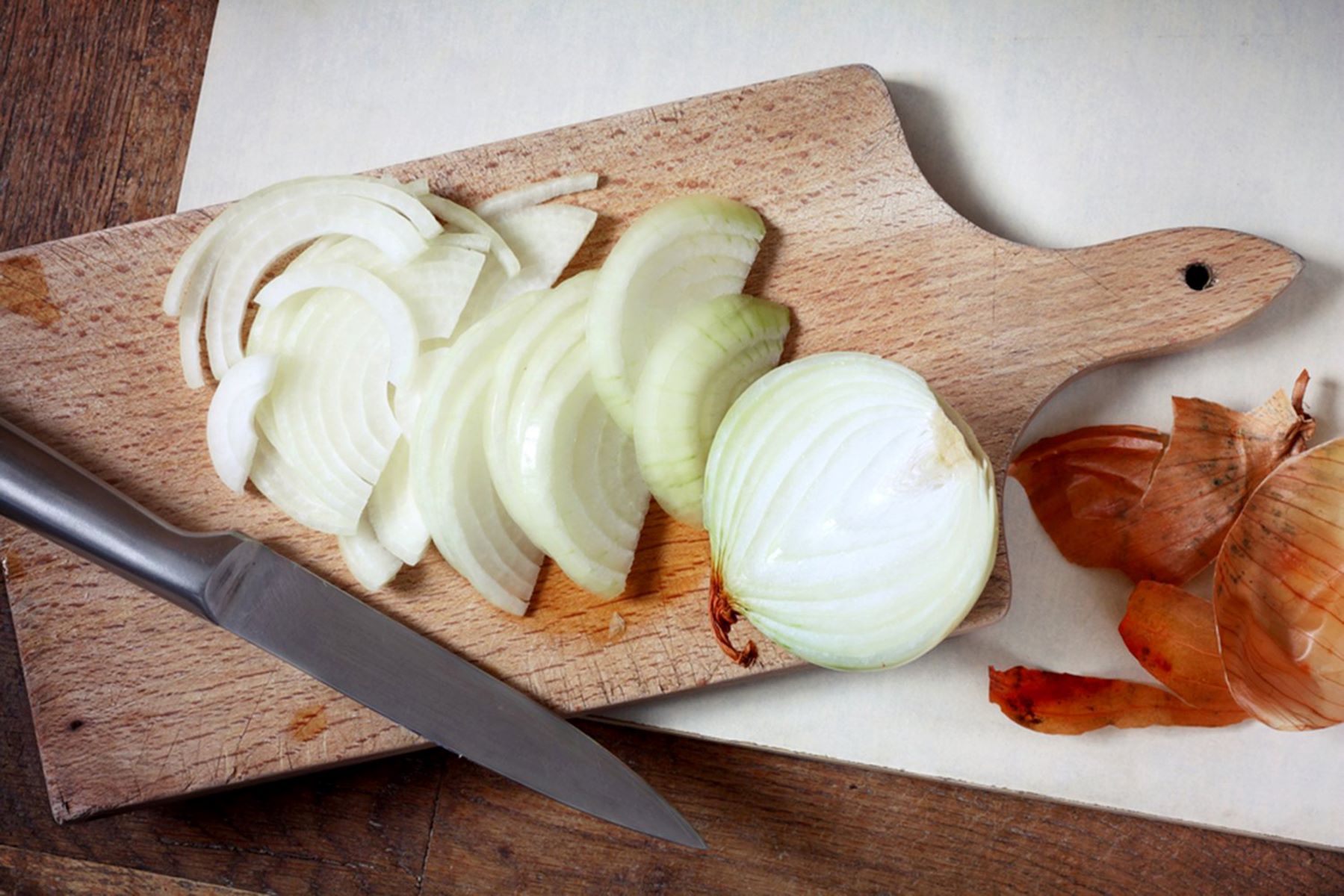
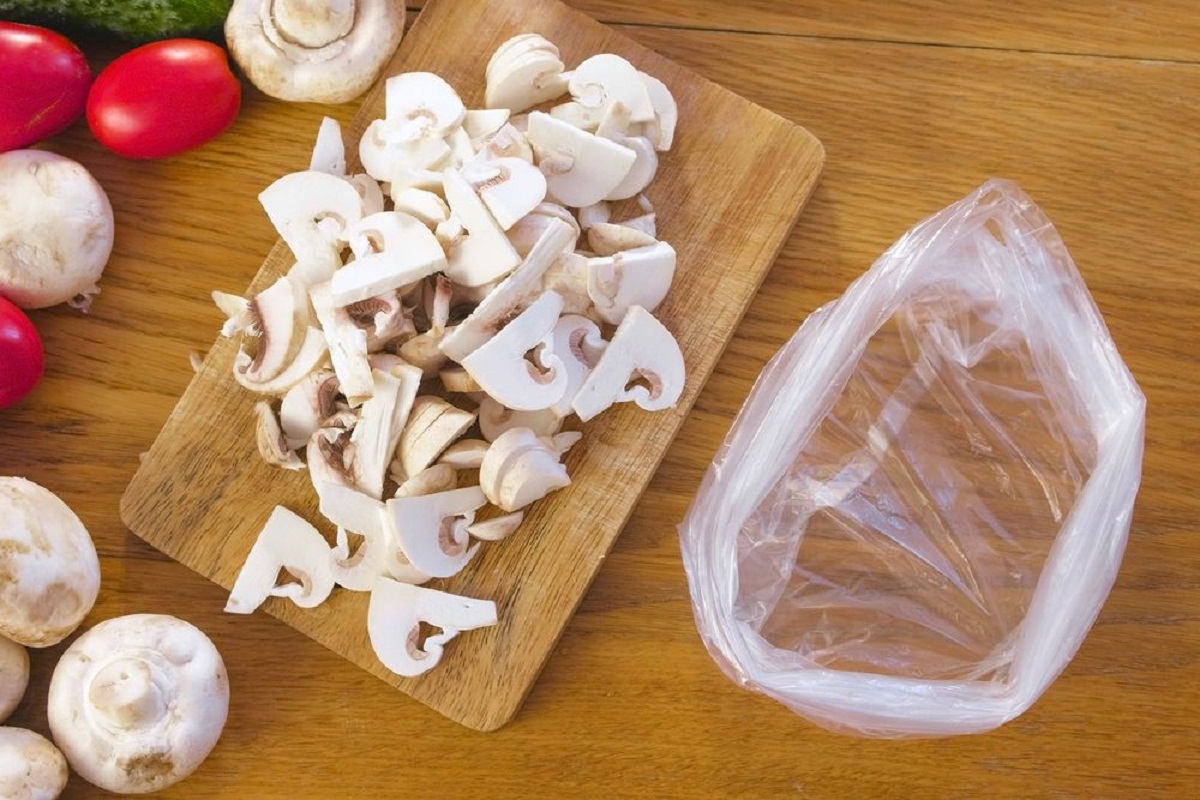





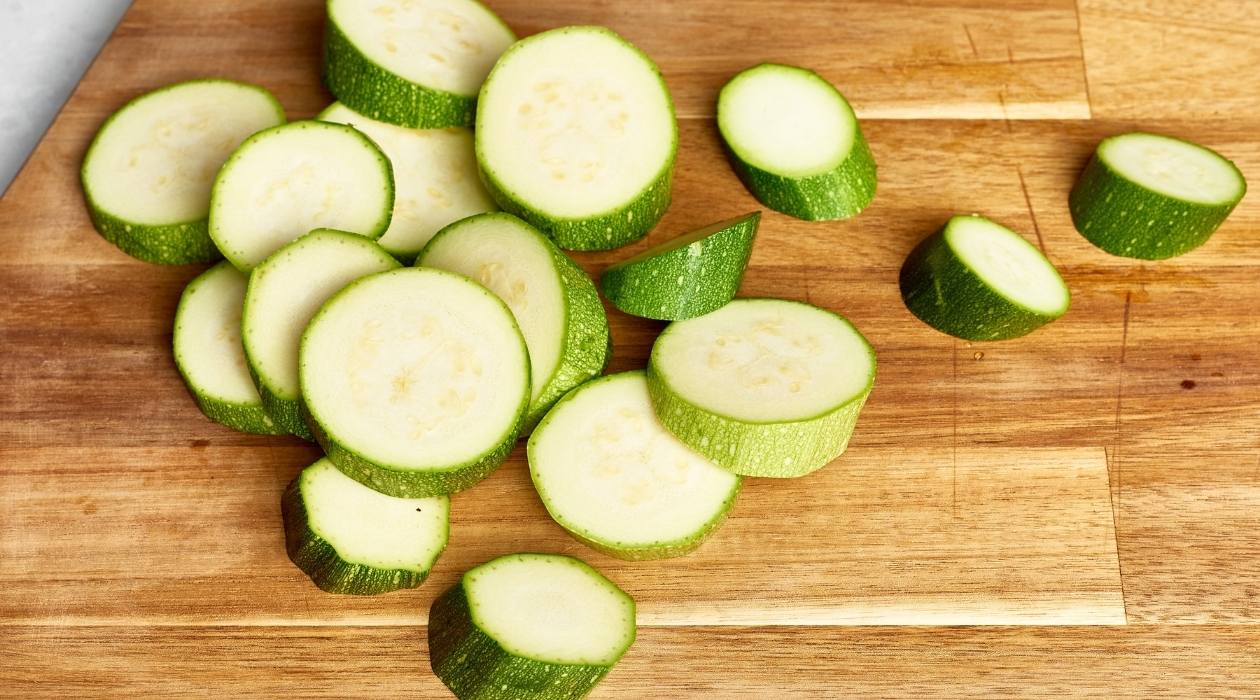

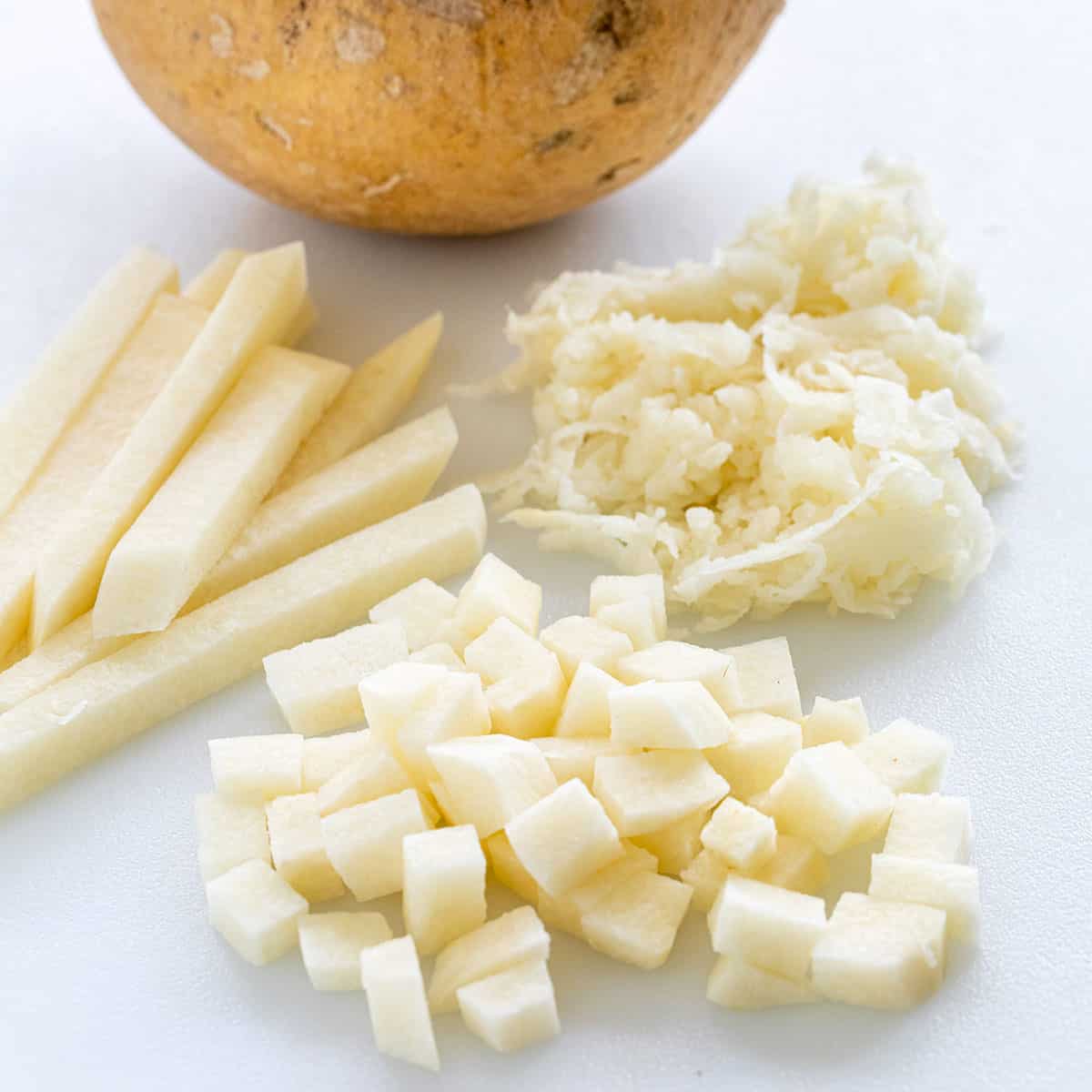

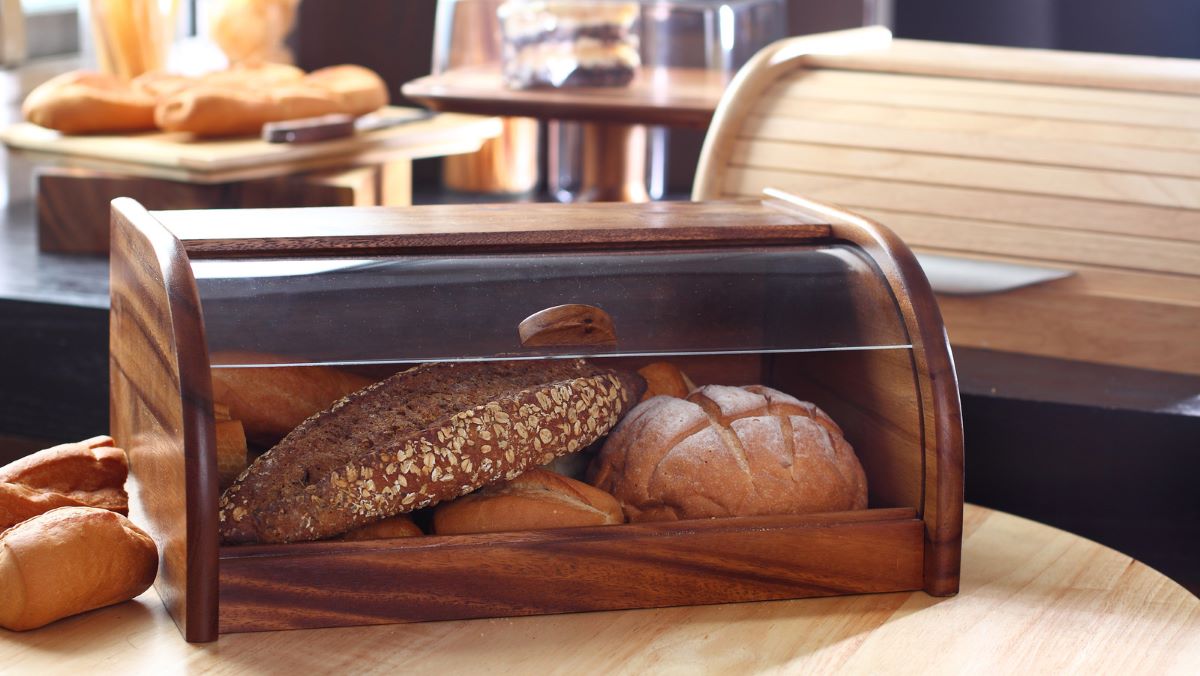
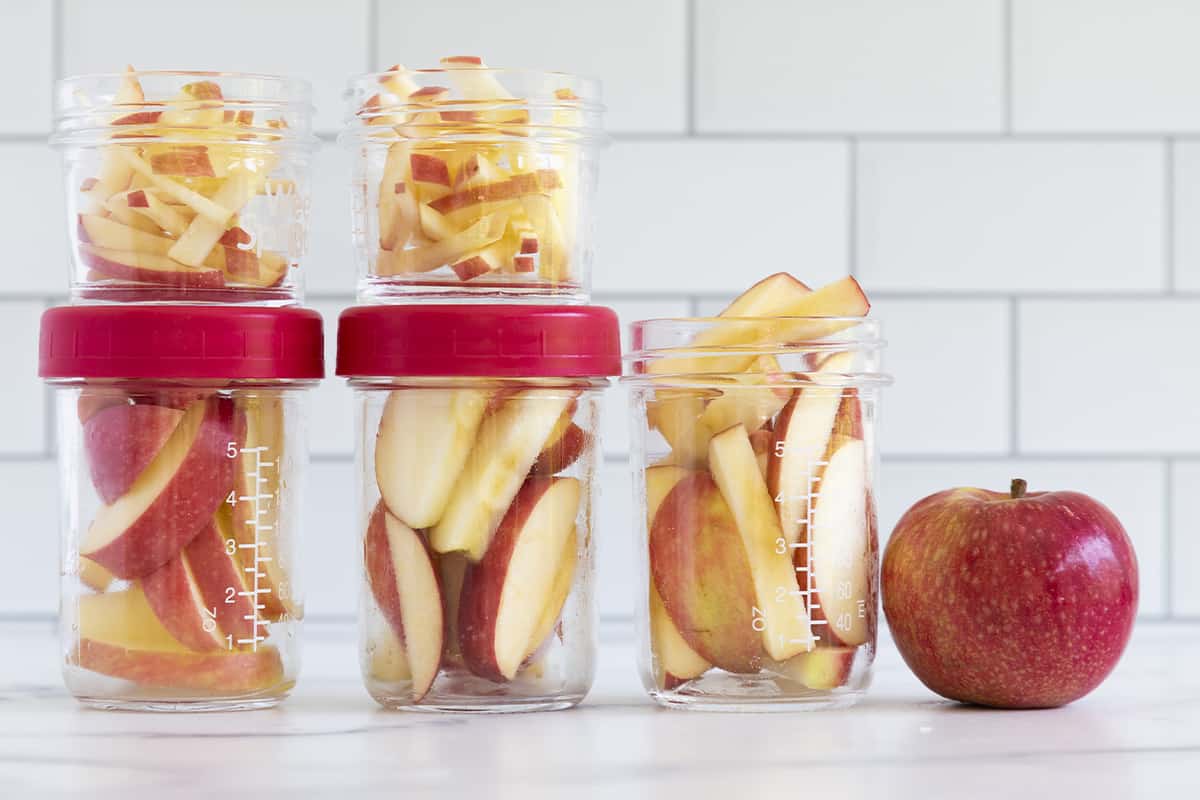
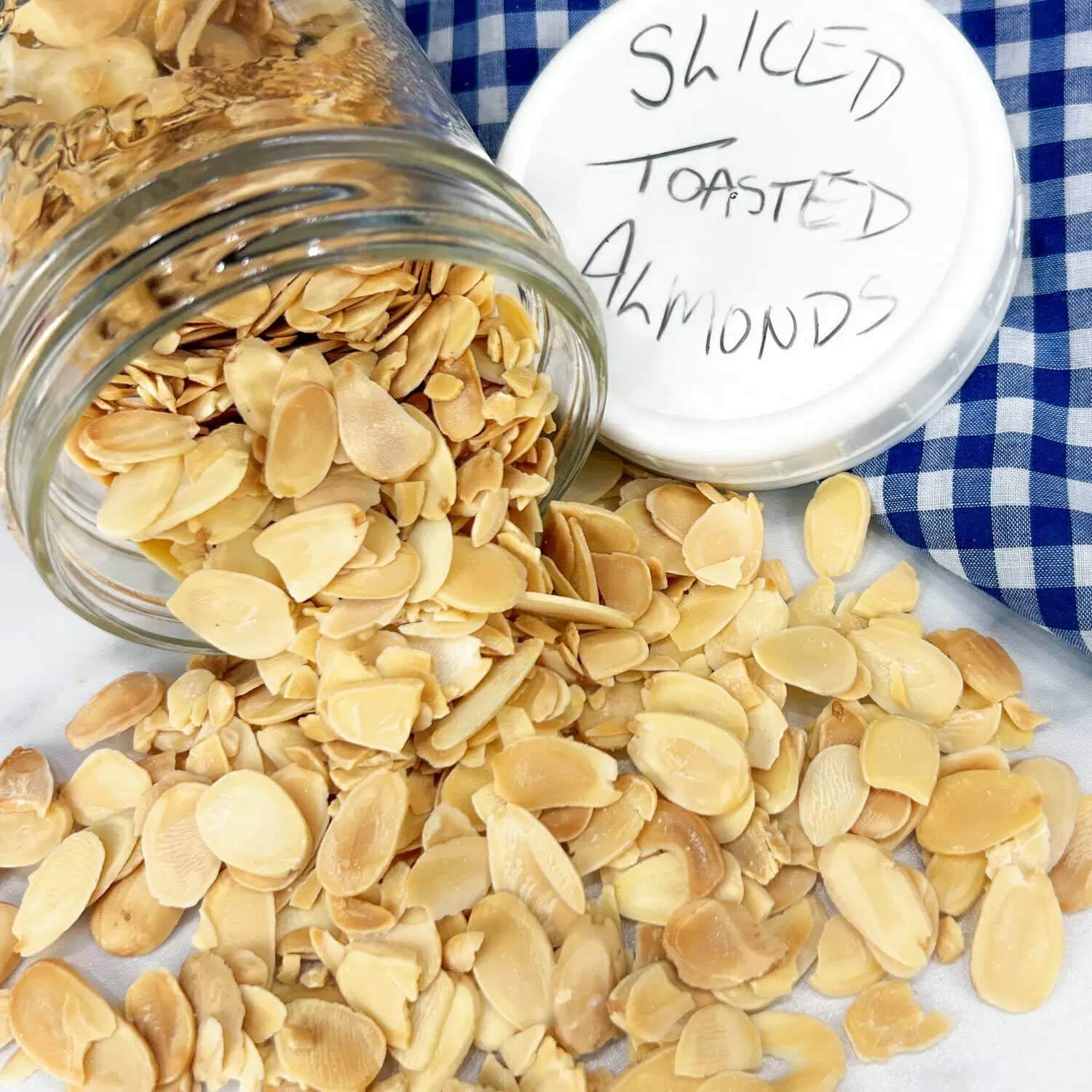

0 thoughts on “How To Store Sliced Bread In A Bread Box”